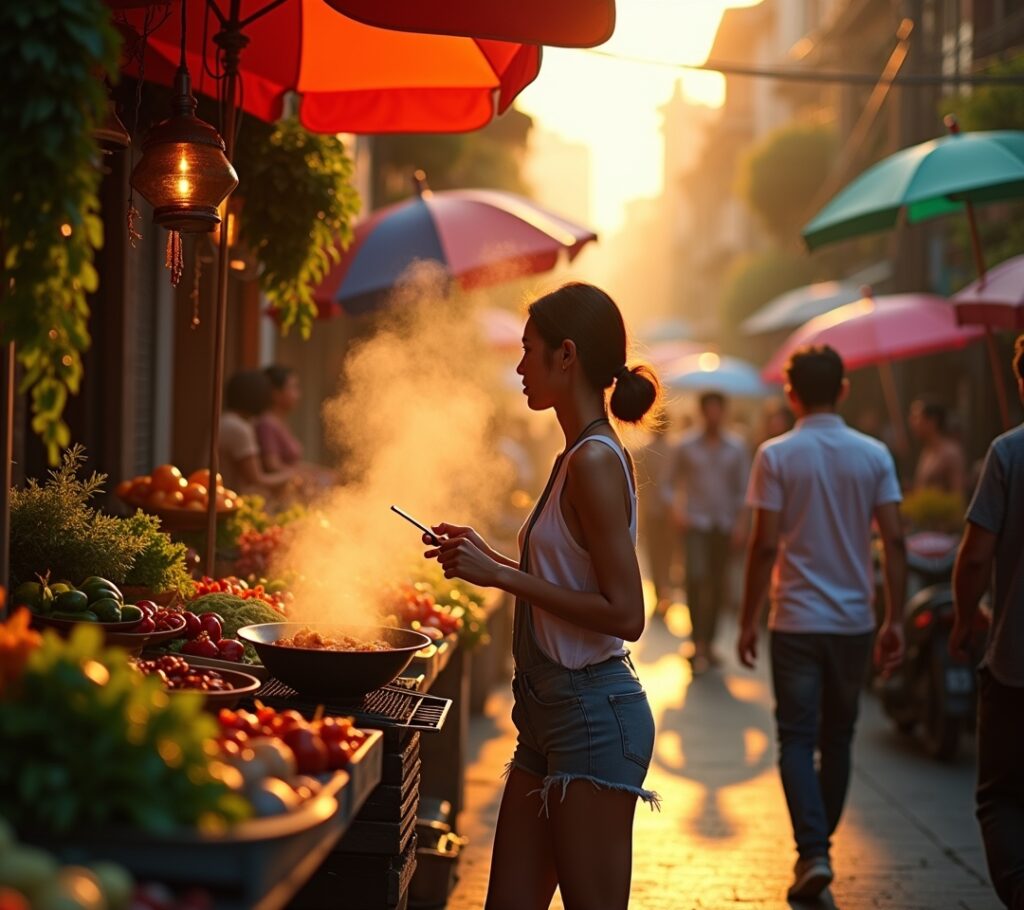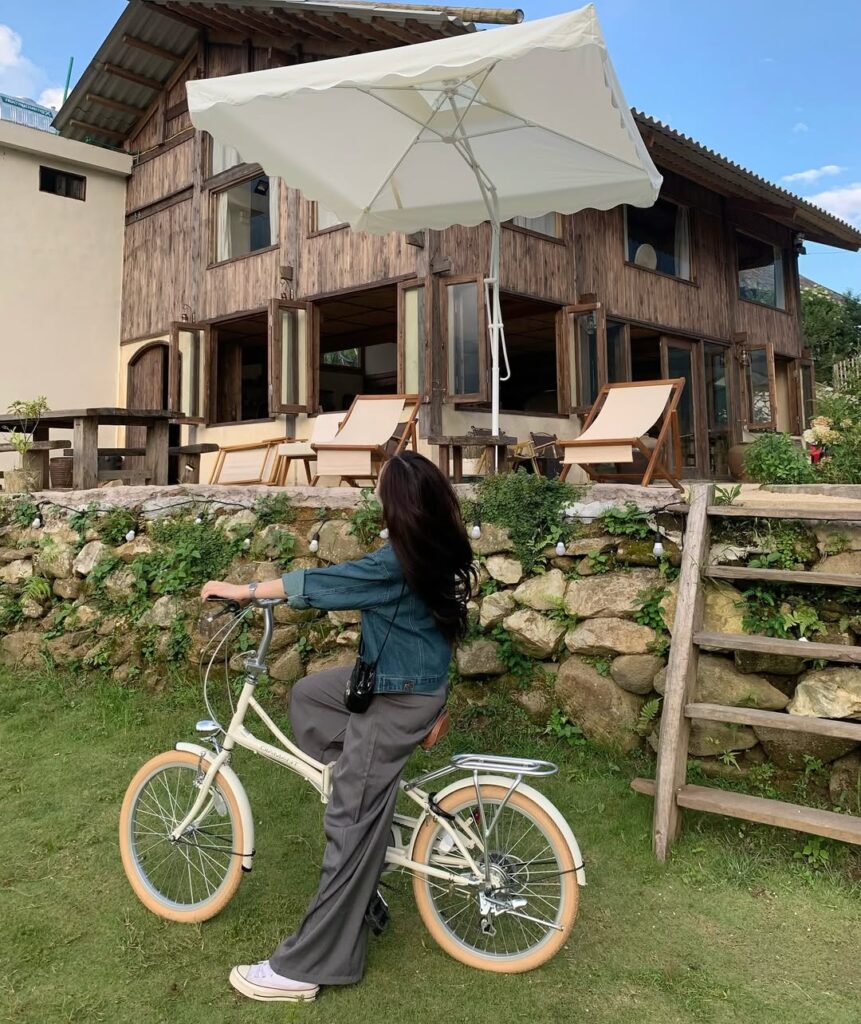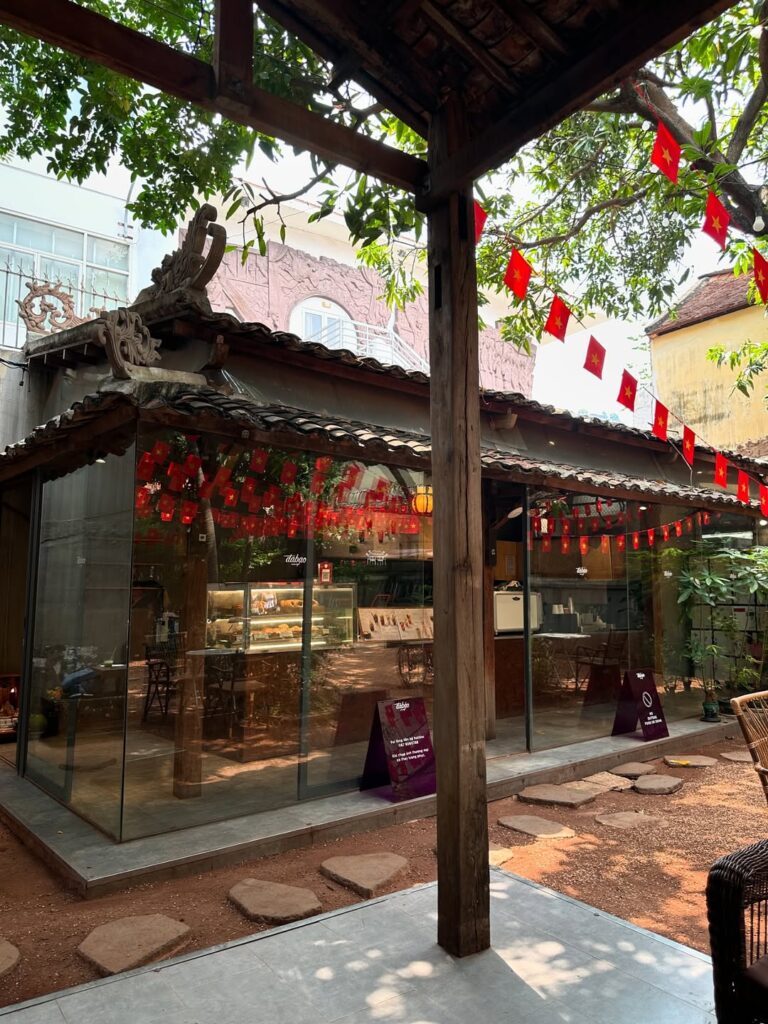Advertisements
Did you know that Vietnamese food content gets 3x more engagement than regular food posts on Instagram? I sure didn’t when I started this crazy journey! What began as simple photos of my grandmother’s pho has somehow turned into a full-blown Vietnamese cuisine influencer career. Trust me, nobody was more surprised than me.
The thing about Vietnamese food content is that it’s incredibly authentic and visually stunning. People crave that realness, especially when so much food content feels staged these days.
My Messy Beginning with Food Photography

Let me be honest – my first attempts at food photography were absolutely terrible. I’m talking blurry photos of bánh mì that looked like they’d been run over by a truck. But something magical happened when I started sharing the stories behind each dish.
I remember posting this awful photo of my mom’s bún bò Huế, but I included the story about how she’d wake up at 5 AM to make the broth. That post got more comments than anything I’d ever shared! It wasn’t about perfect lighting or fancy plating – it was about the emotional connection to Vietnamese culture.
The Vietnamese food hashtag community on Instagram became my second family. These people understood that every dish has a story, every recipe carries generations of tradition.
Building Authentic Content That Actually Resonates
Here’s where I made my biggest mistake early on – I tried to copy other food influencers. Big mistake. Vietnamese cuisine has its own rhythm, its own visual language that can’t be forced into generic food blogger templates.
What worked for me was focusing on the process, not just the final product. Showing my grandmother’s weathered hands folding dumplings or the steam rising from a bowl of phở – that’s where the magic happens. People don’t just want to see pretty food; they want to feel connected to the culture behind it.
I started incorporating Vietnamese language into my captions, explaining pronunciation and cultural context. This approach resonated with both Vietnamese diaspora communities and curious food lovers wanting to learn more about Vietnamese food culture.
The Business Side Nobody Talks About
Monetizing Vietnamese cuisine content isn’t as straightforward as other food niches. Restaurant partnerships were my first real income stream, but I learned quickly that authenticity matters more than follower count in this space.
Local Vietnamese restaurants started reaching out after seeing my genuine passion for the cuisine. They weren’t just looking for generic food photos – they wanted someone who understood the cultural significance of their dishes. That’s when I realized I wasn’t just a food influencer anymore; I was becoming a cultural ambassador.
Brand collaborations came later, but I’m super picky about partnerships. I only work with brands that respect Vietnamese culture and don’t try to whitewash or oversimplify our complex flavor profiles. It’s taken longer to build my income this way, but it feels right.
Overcoming the Challenges of Cultural Representation
This part gets real for a minute. Being a Vietnamese cuisine influencer comes with responsibility that other food niches don’t have. I’ve faced criticism from within the Vietnamese community for “commercializing” our culture, and pushback from brands who wanted me to make dishes “more accessible” (read: less authentic).
The pressure to represent an entire cuisine perfectly is overwhelming sometimes. I’ve made mistakes – mispronouncing dish names, oversimplifying complex regional differences, or accidentally perpetuating stereotypes. But I’ve learned that admitting mistakes and learning publicly is part of the journey.
What helped me navigate this was connecting with other Vietnamese content creators and Vietnamese food organizations who provided guidance and support. We’re all learning together, and that community aspect has been invaluable.
Why This Journey Has Been Worth Every Struggle
Despite the challenges, becoming a Vietnamese cuisine influencer has been incredibly rewarding. I’ve connected with Vietnamese families across the world, helped preserve traditional recipes, and introduced countless people to the beauty of Vietnamese food culture.
The most meaningful messages I receive aren’t about my photography skills or follower count. They’re from young Vietnamese-Americans who feel proud of their heritage after seeing my content, or from non-Vietnamese followers who’ve gained respect for our culture through food.
Ready to Start Your Own Vietnamese Cuisine Journey?
If you’re thinking about diving into Vietnamese cuisine content creation, my advice is simple: start with authenticity, not perfection. Share your genuine connection to the food, whether you’re Vietnamese or simply passionate about the cuisine. The Vietnamese food community is incredibly welcoming to anyone who approaches our culture with respect and curiosity.
Remember that being a Vietnamese cuisine influencer is about more than just food – you’re sharing stories, preserving traditions, and building cultural bridges. It’s challenging work, but it’s also deeply meaningful. Take your time, do your research, and always prioritize cultural respect over viral content.
Want to explore more authentic content creation strategies and cultural food blogging tips? Check out more posts here at Linkcheese where I share the real, messy, and beautiful side of building a food-focused online presence!



Pingback: Learned These Simple Vietnamese Words And Change Everything